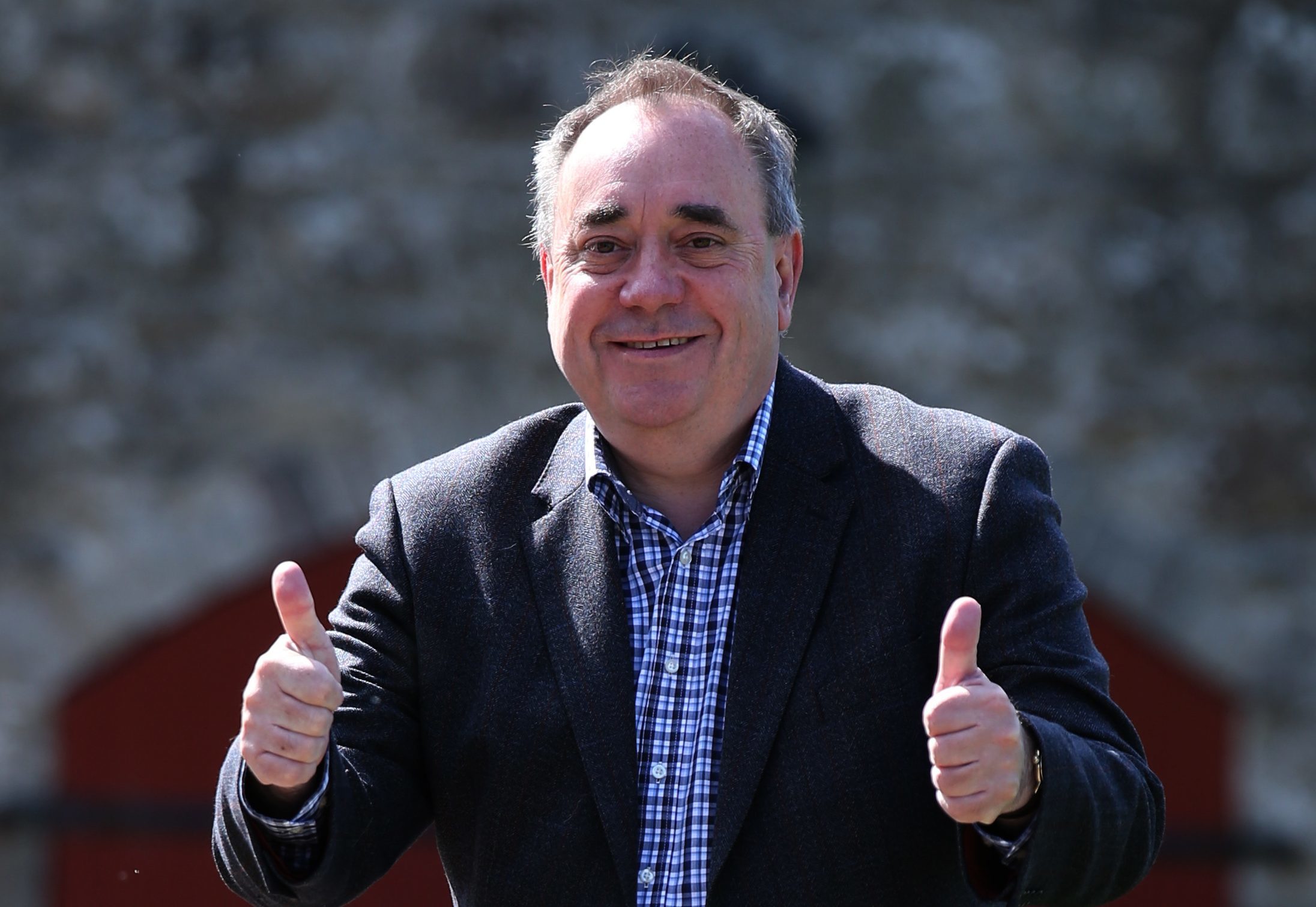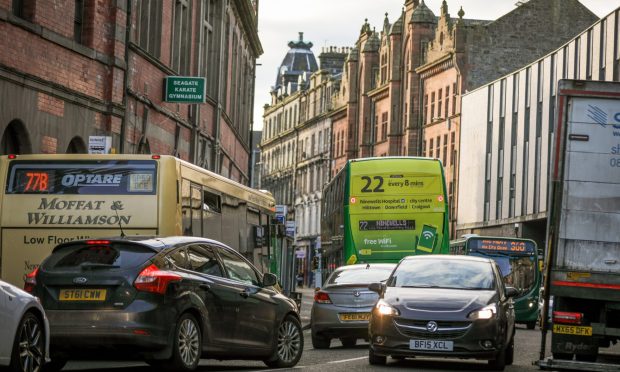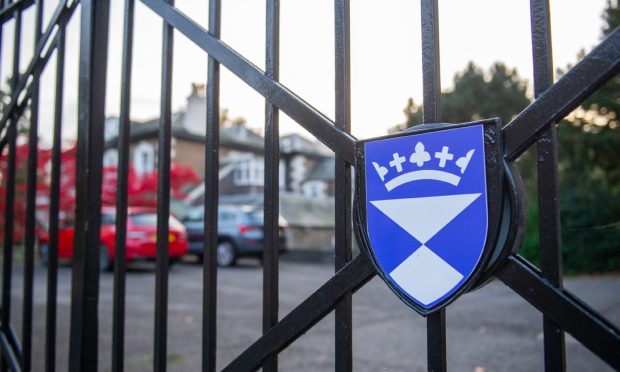Alex Salmond has been accused of “sticking his fingers in his ears and shouting la-la-la” over the state of Scotland’s education system.
The former First Minister claimed there was no argument to suggest failure because “55% of our pupils are going on to higher education.”
The research he cited showed that young Scots from disadvantaged areas are four times less likely to go to university than those from wealthy backgrounds, although the Scottish Government said access has increased by 29% since the SNP came to power.
The Sutton Trust, who carried out the analysis, said at the time that its findings showed a “shocking access gap”.
During an interview with Andrew Neil on the BBC’s Sunday Politics programme, Mr Salmond faced questioning about cuts to council services and Scotland’s slide down the education league tables.
He said: “Nicola Sturgeon has said there are challenges in Scottish education, particularly about the access through the education system and the attainment gap, but don’t tell me it’s failing when 55 per cent of our pupils are going on to higher education.
“That is one of the most impressive figures in the world, Andrew.”
The SNP’s foreign affairs spokesman was also pressed about the fact there are now 4,000 fewer teachers than when the party took office in 2007 and for breaking a manifesto promise to reduce primary school class sizes to 18, with latest figures showing them at 23.5.
Mr Salmond said: “You didn’t mention where they started from, Andrew, We’ve kept the teacher-pupil ratio in Scotland very solid and that has been against a range of public expenditure cuts.
“But the new intake of teachers into the teacher training in Scotland I think is going to enhance the system and that is to be welcomed.”
The average primary school class size was 22.8 when the SNP took office in 2007, while the pupil-teacher ratio 13.1. It is now 13.7.
Scottish Liberal Democrat leader Willie Rennie MSP said: “Sticking his fingers in his ears and shouting la-la-la will not change the truth of Alex Salmond’s government’s educational performance.
“Education slipped down the international rankings when he was in charge because he was more interested in independence than the future of Scotland’s children.”
Scottish Labour’s general election campaign manager James Kelly said: “Alex Salmond’s car crash interview exposed the reality of the SNP’s record in government.
“Since 2011 the Nationalists have cut £1.5billion from local services like schools and care of the elderly. That’s why Scotland’s education system has fallen down the international league tables under the SNP.
“There are 4,000 fewer teachers, 1,000 fewer school support staff and 700 teacher vacancies that will take three years to fill under the SNP.”










